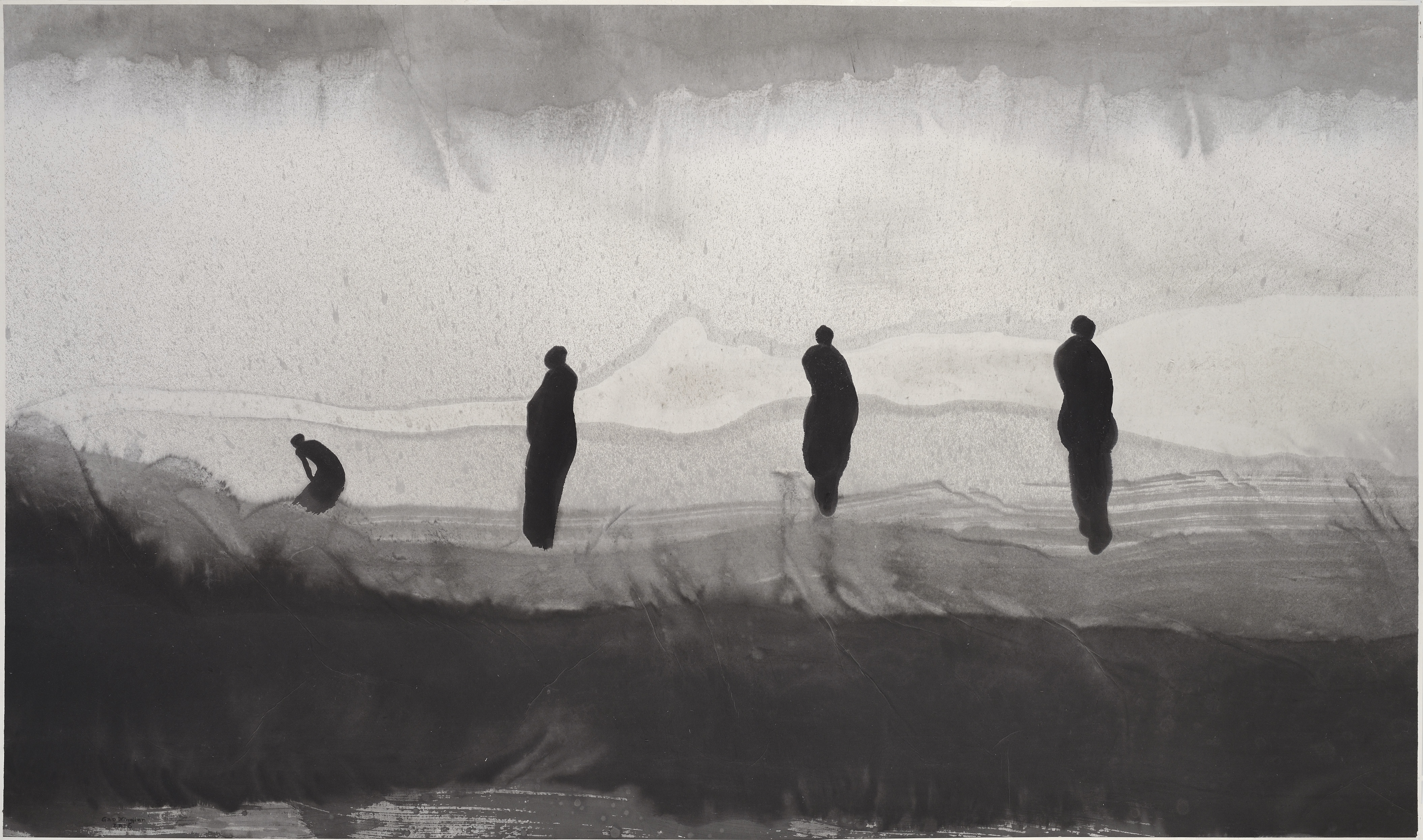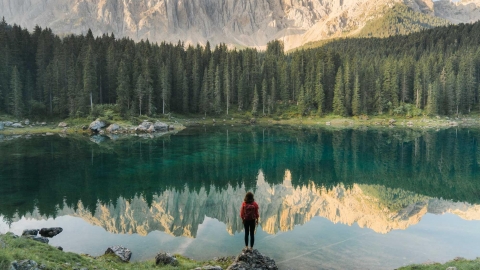The Endless Party (Ernest Hemingway)
Paris was the dream of a young artist in the 1920s - a vain dream of poor writers writing love lyrics, painters bartering their paintings for bread, musicians chasing the alluring spotlight of the stage. Woody Allen made a filmMidnight in ParisTo recreate those crazy and passionate years, Charles Aznavour sangLa Bohemialike a farewell to a romantic Paris. And inEndless festival, Ernest Hemingway recalled his passionate youthful years in Paris “in the beginning, when we were very poor and very happy.”
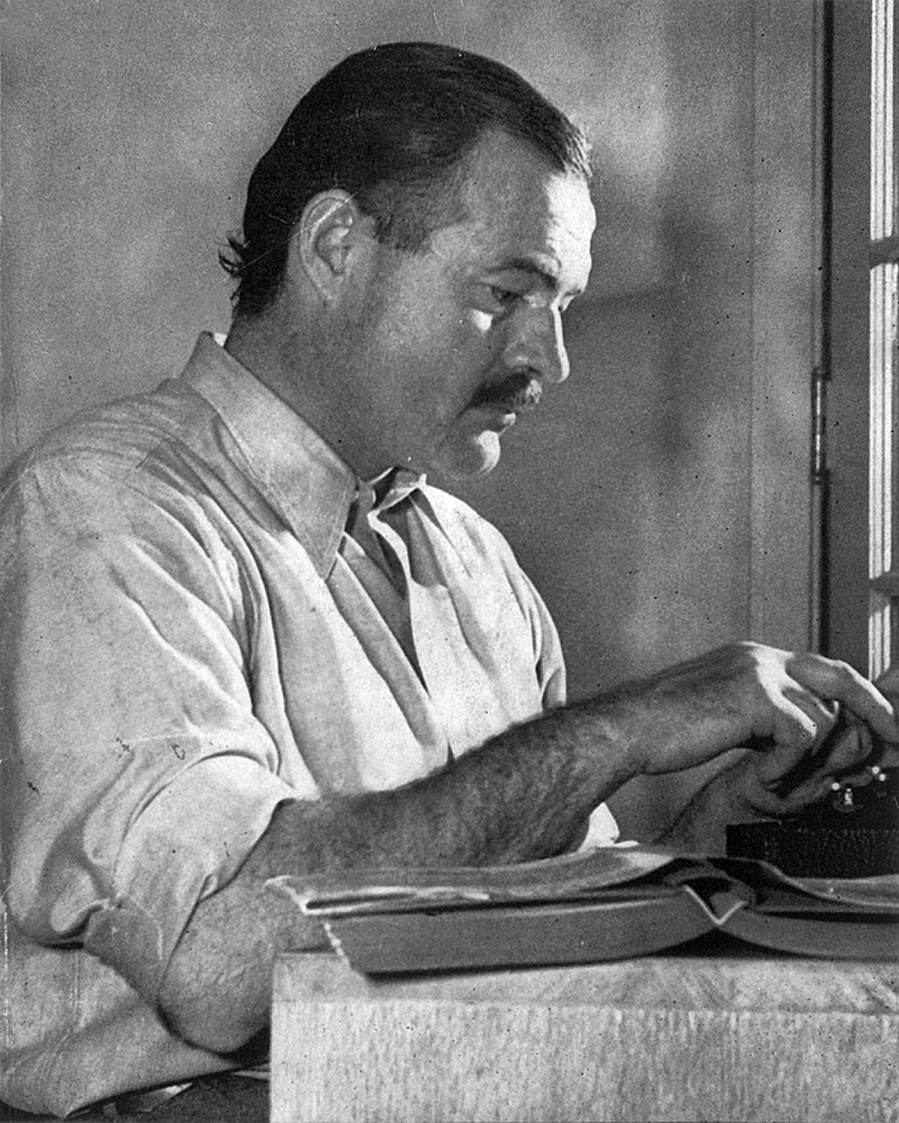
Paris inEndless festivalis a vibrant and beautiful slice of memory from Hemingway's youth, when his literary career began to shine. Paris is where Hemingway sat discussing art with friends on the street, or quietly drank a cup of café au lait while concentrating on writing; it is where he strolled in the Luxembourg Gardens or went to the art museum on an empty stomach, drinking cheap wine with his wife in a rented house above a sawmill. Paris is also where the greatest artists of the "lost generation" such as F. Scott Fitzgerald, TS Eliot, James Joyce... gathered, held endless parties, indulged in strong alcohol and cigarette smoke, talked about life, literature and music, creating a glorious page in the history of 20th century art.
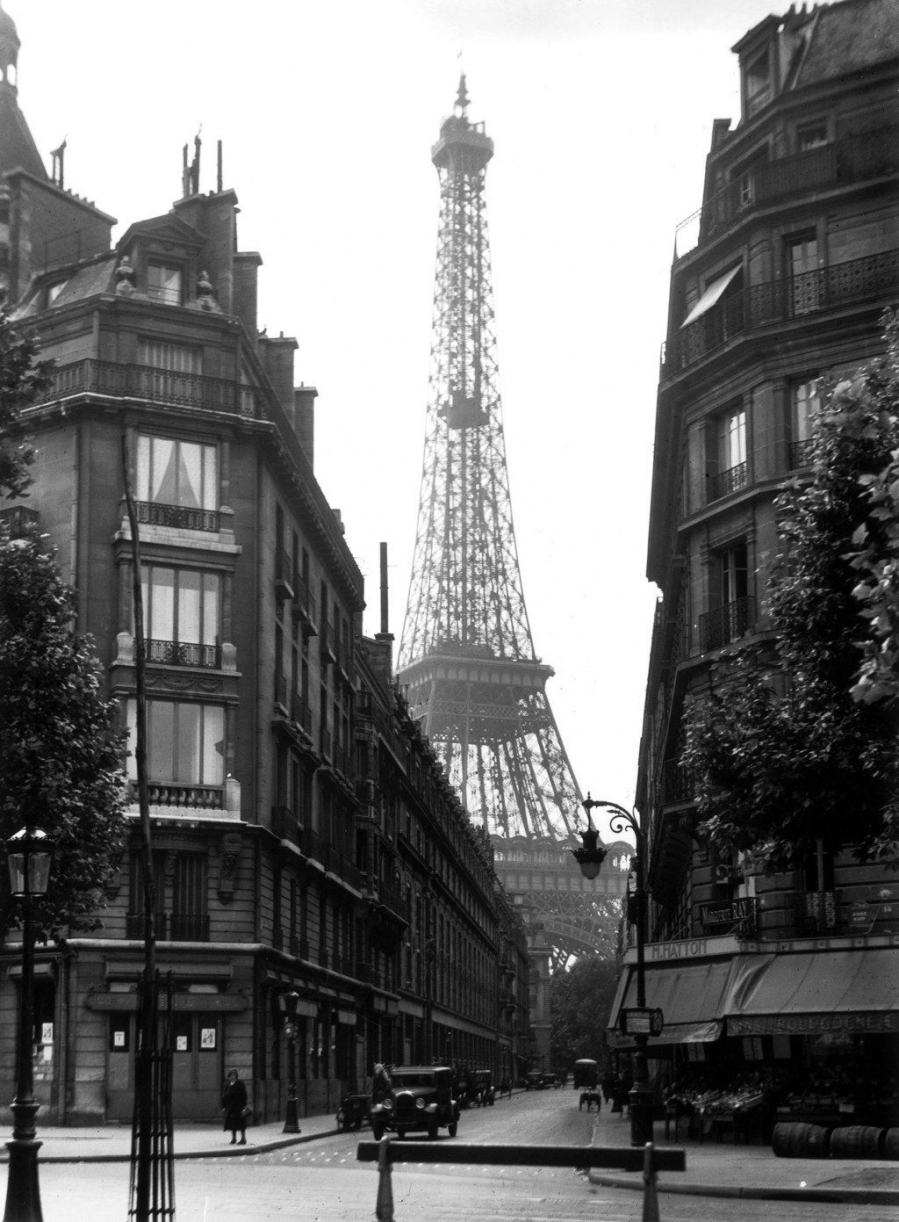
Still with a concise, unadorned, and unpretentious writing style, Hemingway's writings take readers through time and space to stroll through the peaceful corners of Paris, where milkmen knock on doors every morning, fishermen on the banks of the Seine, fragrant loaves of bread, art galleries and small book stalls along the street... This poetic and gentle city has nurtured the souls of artists who were lucky enough to live here in their youth; it is also this prosperous and bustling city that holds the footsteps of romantics, so that memories of the years in Paris always follow them throughout their lives.
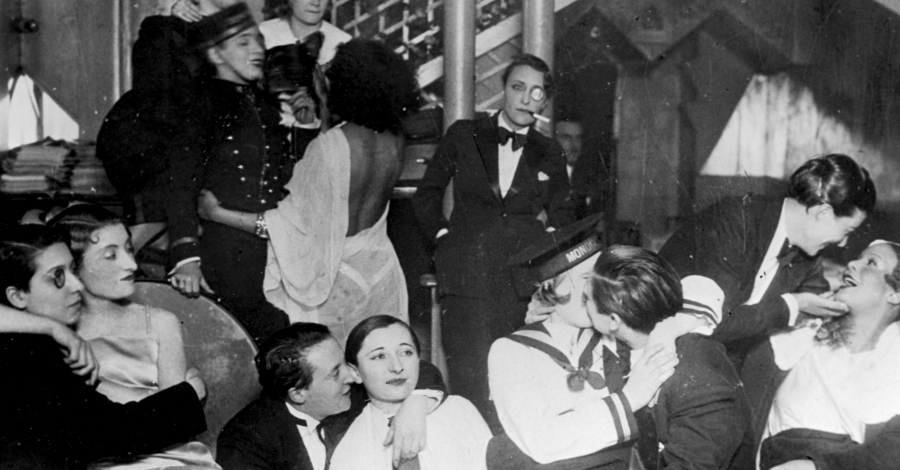
“There is no end to Paris and the memories of each person who has lived in this city are different. We always return to it no matter who we are or how the city has changed. Paris always deserves it, and we receive in full what we give to it. But this Paris is from the beginning, when we were very poor and happy.”
Records of the Great Tang Dynasty's Western Regions (Xuan Zang)
If we had to mention a work of classical Chinese literature that had the greatest influence, perhapsJourney to the Westwill be at the top of the list. The image of Sun Wukong resonated by the success of the TV series of the same name has overshadowed the greatness of Tran Huyen Trang - the prototype of Duong Tang and his extremely important travelogue:Great Tang Records of the Western Regions.
Under the rule of the Tang Empire, China reached the peak of civilization with the utmost development in military, economy, culture and religion. It was also the period when Buddhism began to gain an important foothold here, with thousands of followers in the capital city of Chang'an, focusing on Buddhist studies.
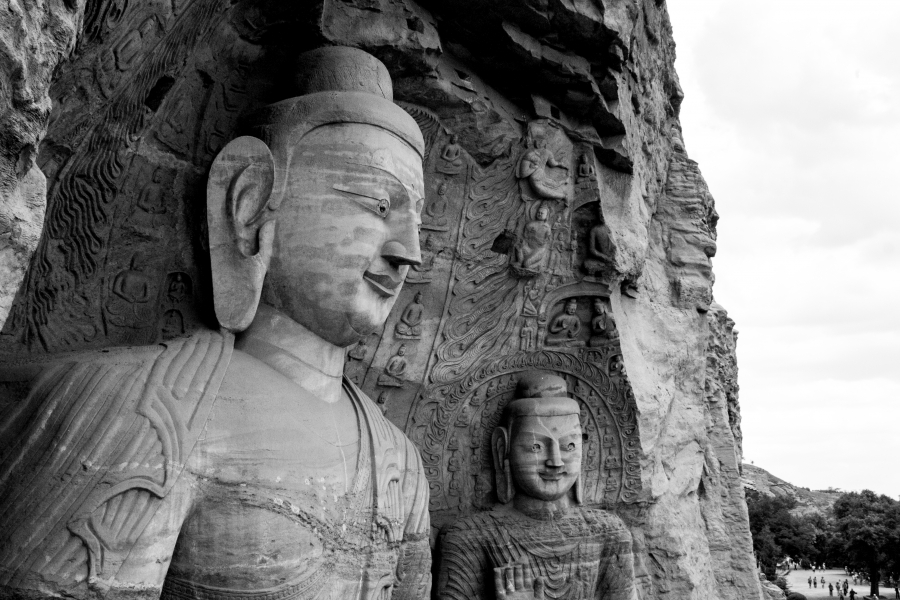
Xuanzang was exposed to Buddhist teachings from his youth, but he always felt that the Buddhist scriptures that were being introduced into China at that time contained inexplicable contradictions. After many years of contemplation, he believed that only by going to the source of Buddhism could he understand the truth. Alone with an iron will, Xuanzang spent many years crossing dangerous mountain passes, setting foot in the most remote regions in the west to reach India - the birthplace of Buddhism.
Great Tang Records of the Western Regionsis a compilation of Xuanzang's detailed notes on the landscape, natural conditions, customs, people, culture, politics, and products of more than 100 large and small countries that he traveled through during 19 years, on thousands of miles of road towards the land of Buddha. He traveled through the Silk Road of present-day Xinjiang in northwest China, as well as neighboring areas in Central Asia such as Persia, Tajikistan, Uzbekistan, Pakistan, India, Bangladesh, and Sri Lanka today. The book is a particularly useful reference on the geography and history of the opening period for cultural and economic exchanges in ancient Asia.

Not only that, Xuanzang's notes also vividly recreate a period of development and spread of Buddhism from India to neighboring countries, adding a significant source of historical data on primitive Buddhism. The Buddhist societies of ancient countries are described relatively fully in terms of rituals, architecture, as well as the scale of influence of Buddhism in each region. These documents are especially useful for historians and archaeologists in searching for and identifying the ruins of these countries.
Me, Charley, and the American Journey (John Steinbeck)
A self-driving road trip is not a new trend. 60 years ago, the famous writer John Steinbeck drove a pickup truck across America, which he humorously described as “a simple turtle with a house on its back.”

His companions were his old but gallant dog, Charley, and his well-appointed car, with a camper on top, which he affectionately called Rocinante, after Don Quixote's horse. The journey was an era when the country's internal cultural, ethnic, and ideological impulses reached their peak, from Cold War fears to covert conflicts and open violence against people of color and immigrants, presaging the 1960s, which saw the explosion of youth counterculture.
Me, Charley and the American JourneyIt is also a detailed account of the geography, cuisine, language, and local customs of many regions of the United States, with each state resembling an isolated kingdom. America appears with the splendid autumn in New England, the mobile homes, the snow-covered North Dakota, the fierce bears in Yellowstone National Park, the shrinking villages and the booming cities as well as the gray skyscrapers, the scorching Mojave desert as if “battered by the sun”, the rest stops selling tasteless food wrapped in nylon, Texas with the cowboy legends since the founding of the country…
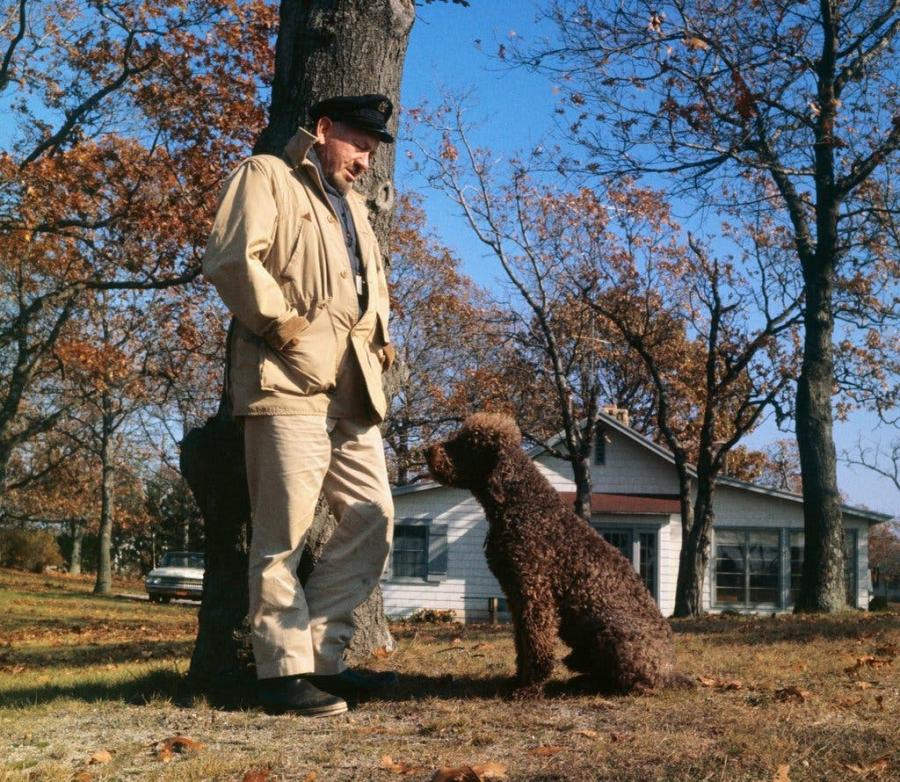
John Steinbeck's refined writing style and sharp observations create a vivid documentary about the noisy but also profound and poetic America. At the same time, John Steinbeck is also very careful when recording even seemingly "trivial" issues that many people often ignore, such as bathing and washing clothes during the dusty journey, unexpected difficulties such as a flat tire in the middle of nowhere, or when the dog Charley falls ill, even homesickness, all of which are valuable advice for backpackers before setting off. The book has a slow, gentle rhythm but easily draws readers into the journey; with a charming hidden satirical humor like a little brandy poured into a cup of hot coffee on a cold winter afternoon.
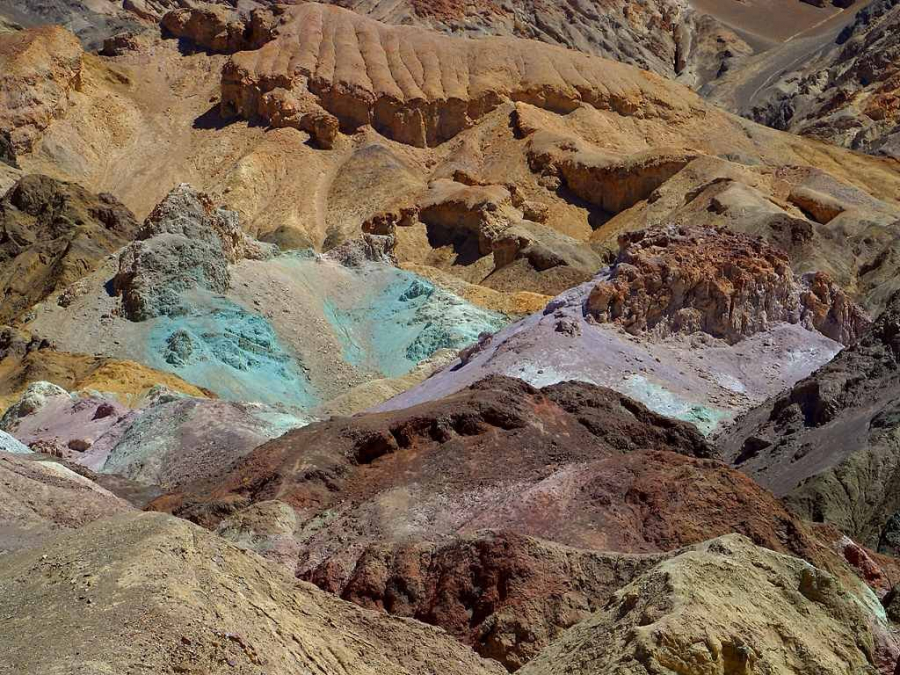
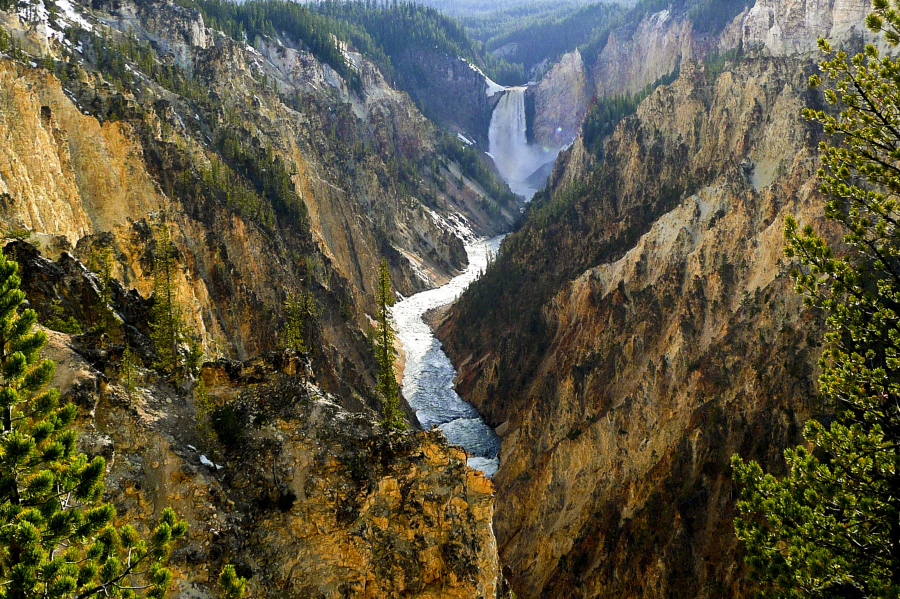
“I saw in their eyes what I see over and over again everywhere in this country: a burning desire to leave, to move, to set out, to go anywhere, as long as it was far from Here. They whispered to each other that they wished to go someday. Freely, without anything holding them back, not toward anywhere but away from somewhere. I saw those eyes and heard those words in every state I traveled through.”
The Sea (Alex Garland)
The Beachis a work by British writer Alex Garland, published in 1996. The main character of the story - Richard, a young tourist who sets foot in Thailand with the hope of having "special" experiences. Wishing for his wish to come true, Richard accidentally gets a hand-drawn map, showing the way to a secret beach - a place described as a real paradise on earth. After sharing the story about the map with a French tourist couple, Richard "recruits" two more friends into his journey.

A scene from The Beach - a film adapted from the short story of the same name
After a long journey of climbing mountains and wading through streams, Richard and his two friends truly found “paradise”: a secret island with wild, breathtaking scenery, without a trace of tourists or modern conveniences; there was only a small community of “free” people, who gathered together every day to sing happily, receiving precious gifts from nature. Worries about money, material things, and fame did not exist here at all. The three friends quickly decided to stay on the island, becoming new members of this strange community and forgetting about questions about the future.

In a very natural and convincing way, heaven seems real inThe Beach, but will that paradise last forever? Can people live carefree, carefree and immersed in the beautiful scenery for the rest of their lives? The fun continued from day to day on the island, until one of the group members was bitten by a shark and seriously injured, requiring him to return to the mainland for hospitalization. However, the people here let him die slowly, instead of taking him to the mainland for treatment, just because going to the mainland could endanger their secret community. From then on, Richard realized that no matter where he was, human selfishness and evil always existed. Richard's "paradise" had now become hell.

StoryThe Beachlike a philosophy of life that every travel enthusiast should know by heart before starting their journey. Because there will always be opportunities, beautiful scenes that appear and hold us on the trip - but most likely, they are just temptations or illusions. And there will always be people who dream of a paradise like inThe Beach, where there is only freedom and joy,“But if you can't accept hell, don't wish for heaven.”
Lingshan (Gao Xingjian)
LIVELinh Sonis another world, completely different from the most engaging "travel" novels on the market. InLinh Son, the elements of time, space and people exist illusory, but that illusoryness does not make the story complicated or difficult to understand - on the contrary, it depicts an extremely simple world: where time - space - people form a primitive, flexible and infinite flow.

Linh Sonis considered a representative work of Cao Hanh Kien, written by the writer from 1982 until 1989 when it was completed. The novel consists of 81 separate chapters - if not fragmented, interwoven between two narratives, one first and the other first.eyelashes, a confessionme; both of them go through strange journeys, heading towards the mysterious place where the “soul mountain” is located. The journey to find this sacred mountain is essentially a journey through time and space to look back at fragments of memories, symbols, cultural traditions and Chinese history. The settings range from wild mountains and forests to real villages and relics; from legendary landmarks of Nu Oa, Fu Xi,… to the exact time markers of the Cultural Revolution, May Fourth…; from desolate countryside to bustling urban areas; all enter Linh Son in a rhythmic, magical and enchanting way.

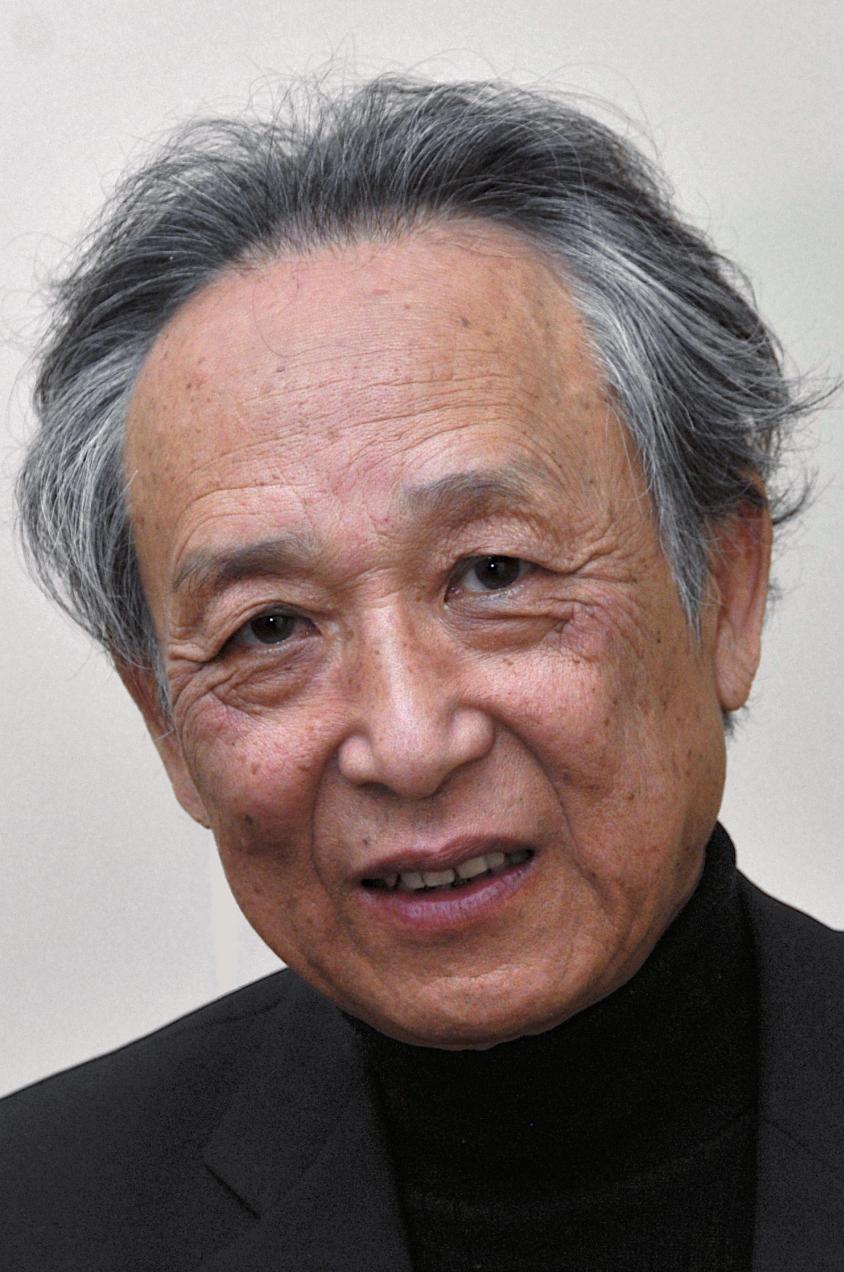
One of the two narrators, with his journey through the glorious ruins of the past, will help readers step deep into the Chinese value system, admiring the historical anecdotes and allusions that appear one by one like the strokes of a giant ink painting. And the other narrator, with his perseverance in searching for the sacred mountain to the end, he finds… himself.

"I say, understanding this world is impossible.
He argued that he was only talking about the half-fish, half-bird creature, not the world.
And I say, there is no difference between the half-fish-half-bird creature and this world."





